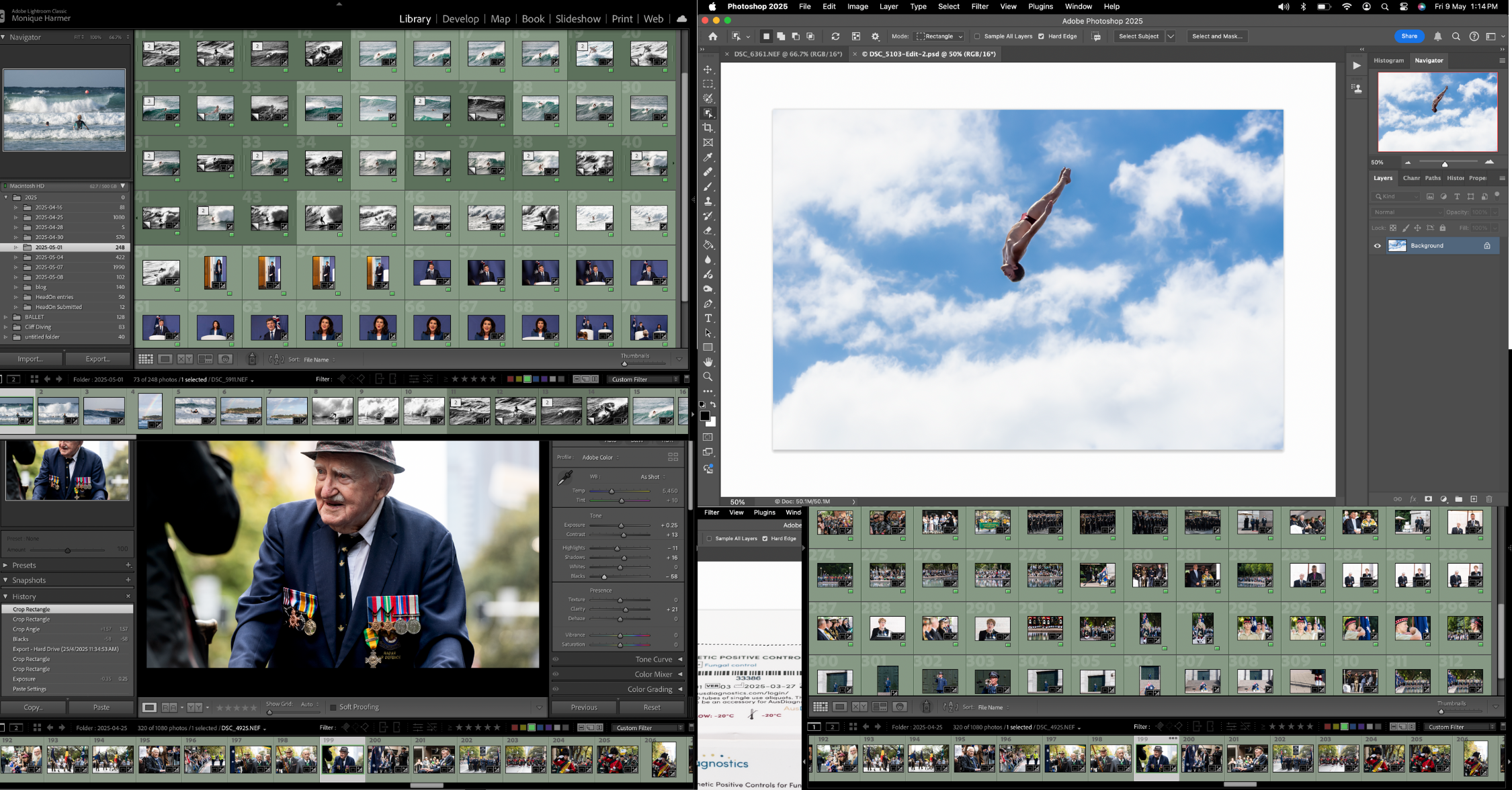
Edit Photos Like a Pro Lightroom Photoshop 2025
Mastering Creative Control📸 How to Edit Photos Like a Pro in Lightroom & Photoshop (2025 Creative Photographer’s Guide) How do
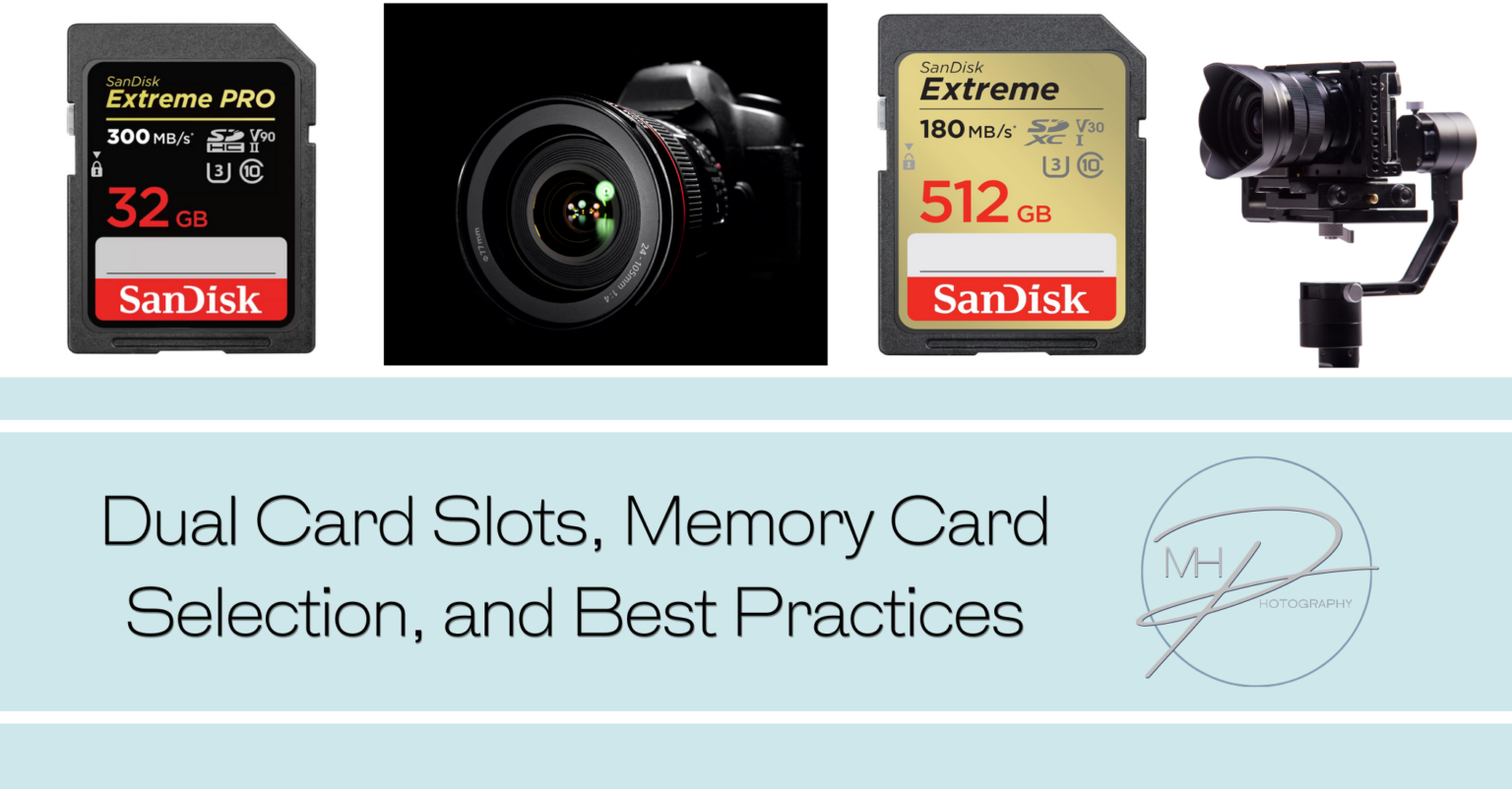
This guide is designed to help young photographers understand dual card slots, choose the right memory cards, and use these tools effectively. We’ll also go over some common mistakes and troubleshooting tips to ensure workflow is both efficient and secure.
What Are Dual Card Slots?
Dual card slots allow photographers and videographers to use two memory cards simultaneously in their camera. These slots provide redundancy, extended storage, and more flexible workflows. For instance, a photographer can capture images to two cards at once for an immediate backup, or record photos on one card and videos on another.
Key Benefits of Dual Card Slots
Understanding the Different Memory Card Types
CFexpress Type B
SD UHS-II
CFast 2.0
XQD
Choosing the Right Card for the Job
1. Set Up Proper Recording Modes
Most modern cameras offer several dual-card slot configurations. These include:
2. Regularly Format Your Cards
Encourage your students to format their cards in-camera, before every shoot. This reduces the risk of data corruption, as formatting ensures the card is ready for new data.
3. Store and Organise Files Properly
1. Not Backing Up Files Regularly
2. Mixing Cards with Different Speeds
3. Not Testing Cards Before Important Shoots
4. Forgetting to Set Proper Card Usage Settings
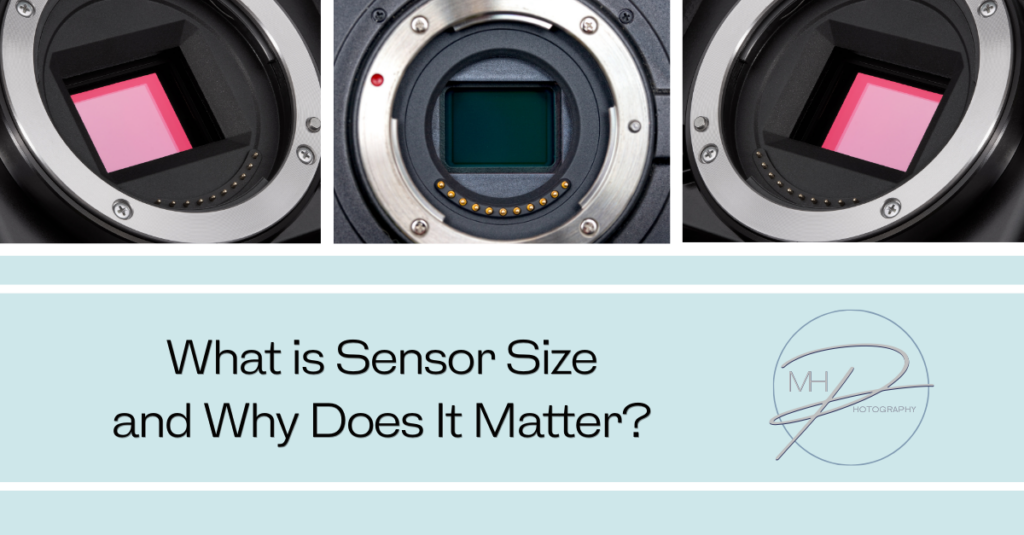
No spam, notifications only about new blogs & updates.

Personal and business brand photographer and educator, super passionate about empowering business women and men to have a positive self perception, with the right tools and guidance so they can share their gifts with the world.

Mastering Creative Control📸 How to Edit Photos Like a Pro in Lightroom & Photoshop (2025 Creative Photographer’s Guide) How do

DSLR vs. Mirrorless in 2025: Which Should You Choose and Why It Matters In the fast-evolving world of photography, choosing
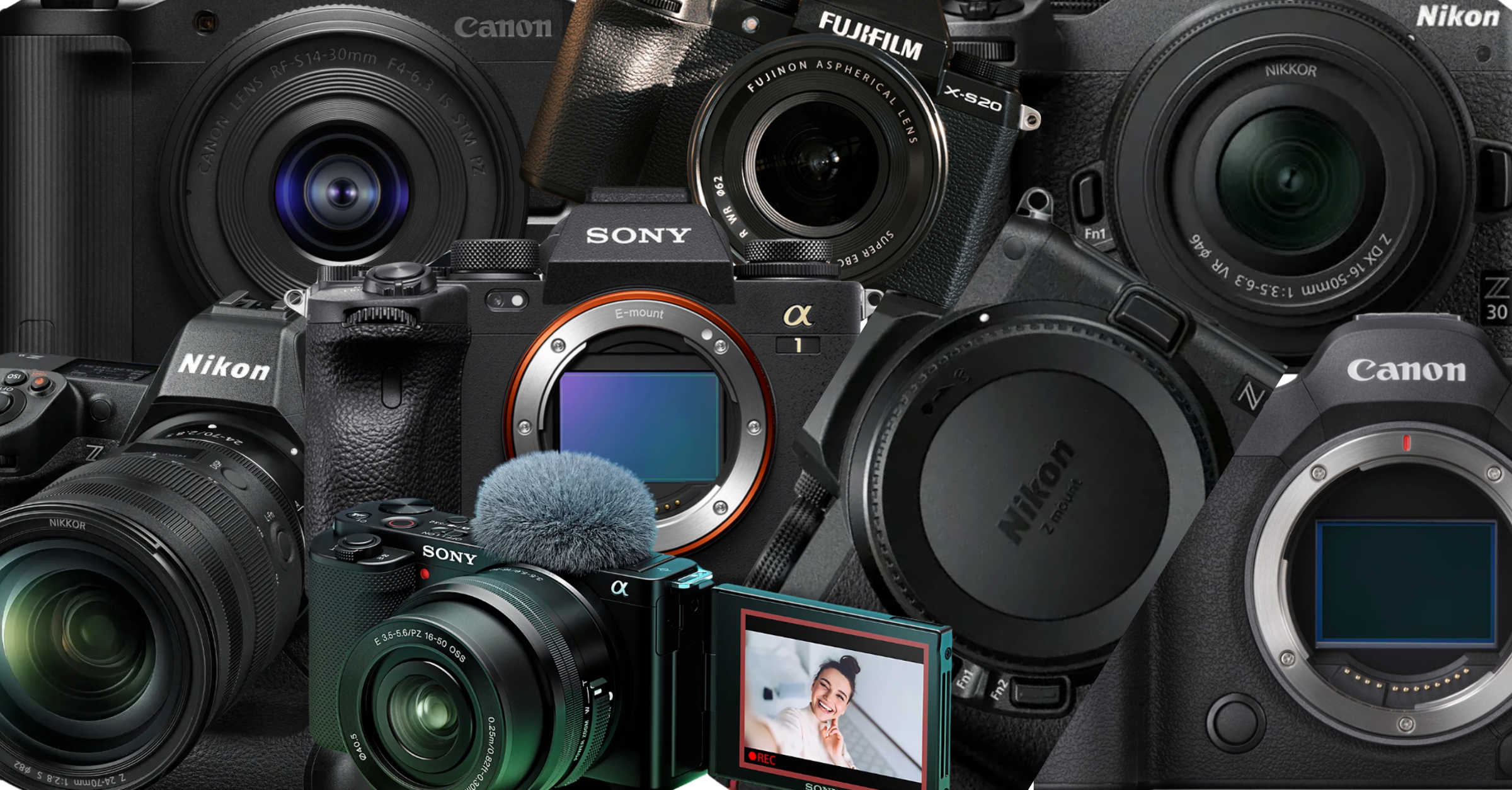
🔹 Best Cameras for Beginners (2025) 1. Canon EOS R50 Why: Compact, lightweight mirrorless with strong autofocus and image quality.

Mastering Low-Light Photography: Best Camera Settings With and Without Flash Low-light photography can be a creative playground or a technical

Why Posing Matters in Portrait Photography Posing isn’t about stiff limbs or forced smiles—it’s about bringing out the best in

The Power of Open Body Language in Photography When it comes to capturing natural, powerful portraits, body language speaks louder

How Do I Balance Flash with Ambient Light Balancing flash with ambient light is a key skill that separates average

A Photographer’s Guide to Creative Expansion In photography, light isn’t just an element—it’s the language we speak.And when it comes

A Beginner’s Guide to Beautiful Lighting Natural light is one of the most beautiful and accessible tools in a portrait
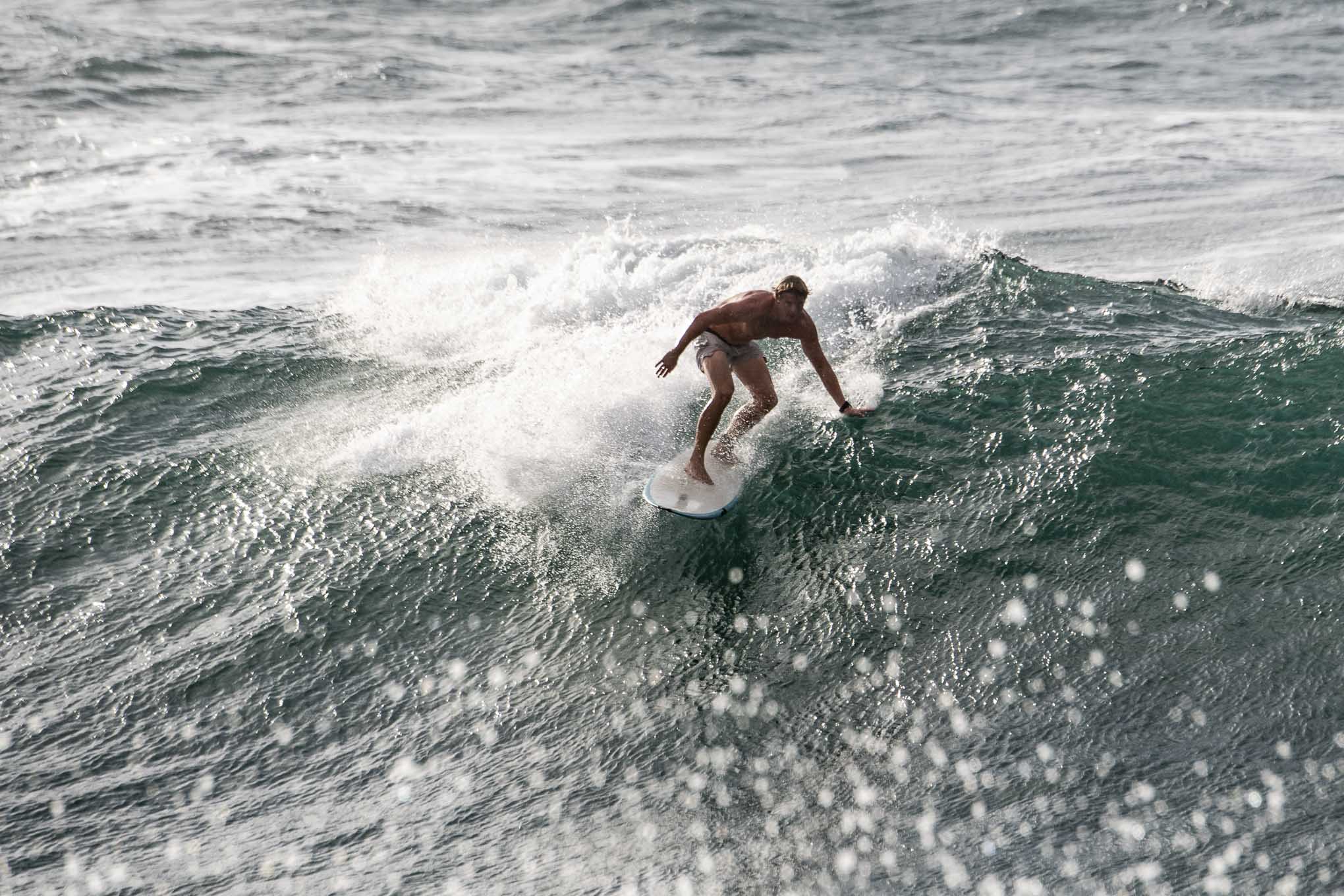
what you need to know Getting sharp images is a combination of good technique, the right settings, and proper camera
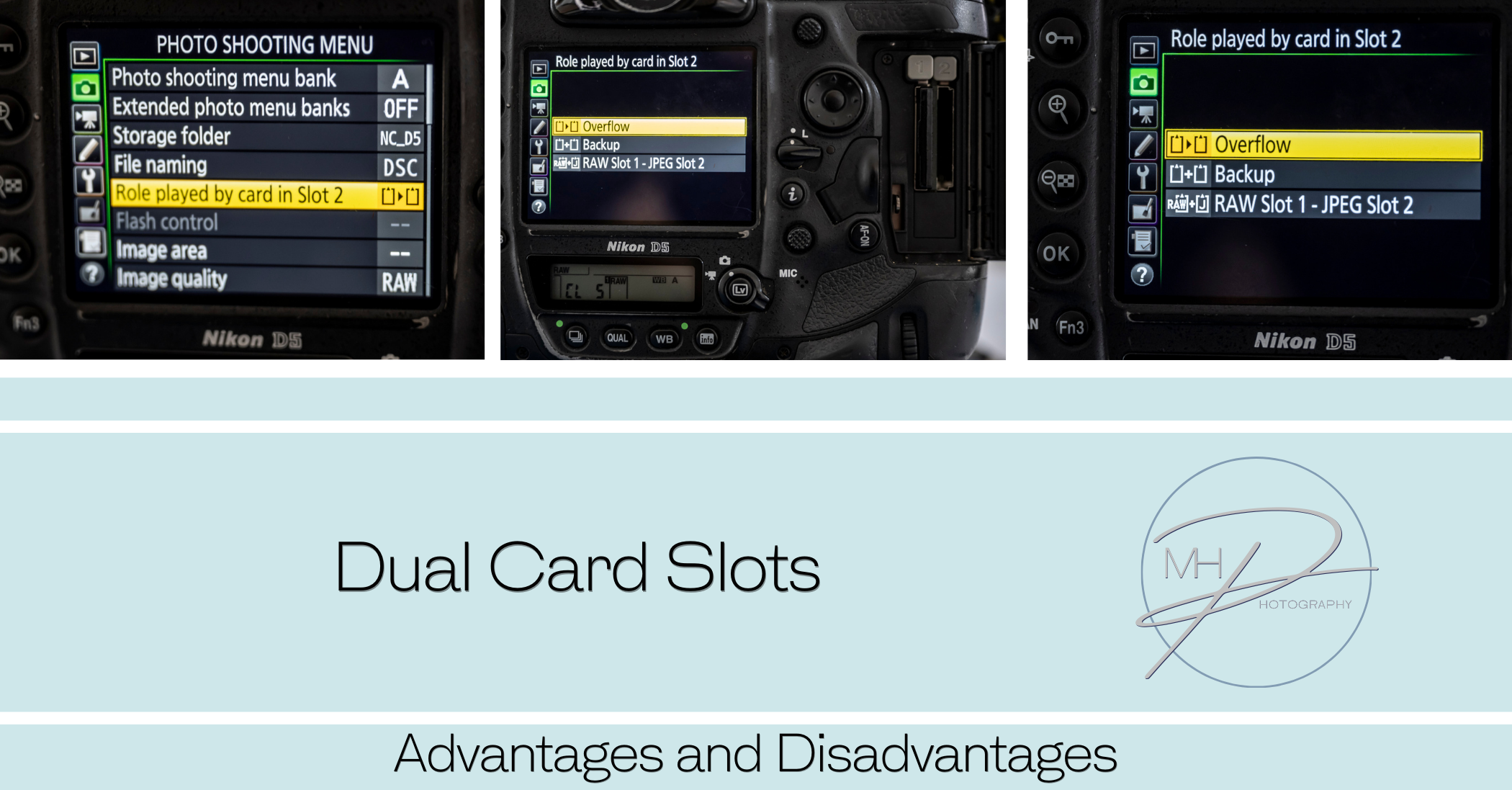
Many professional cameras offer dual card slots, allowing photographers and videographers to use two memory cards simultaneously. This feature enhances
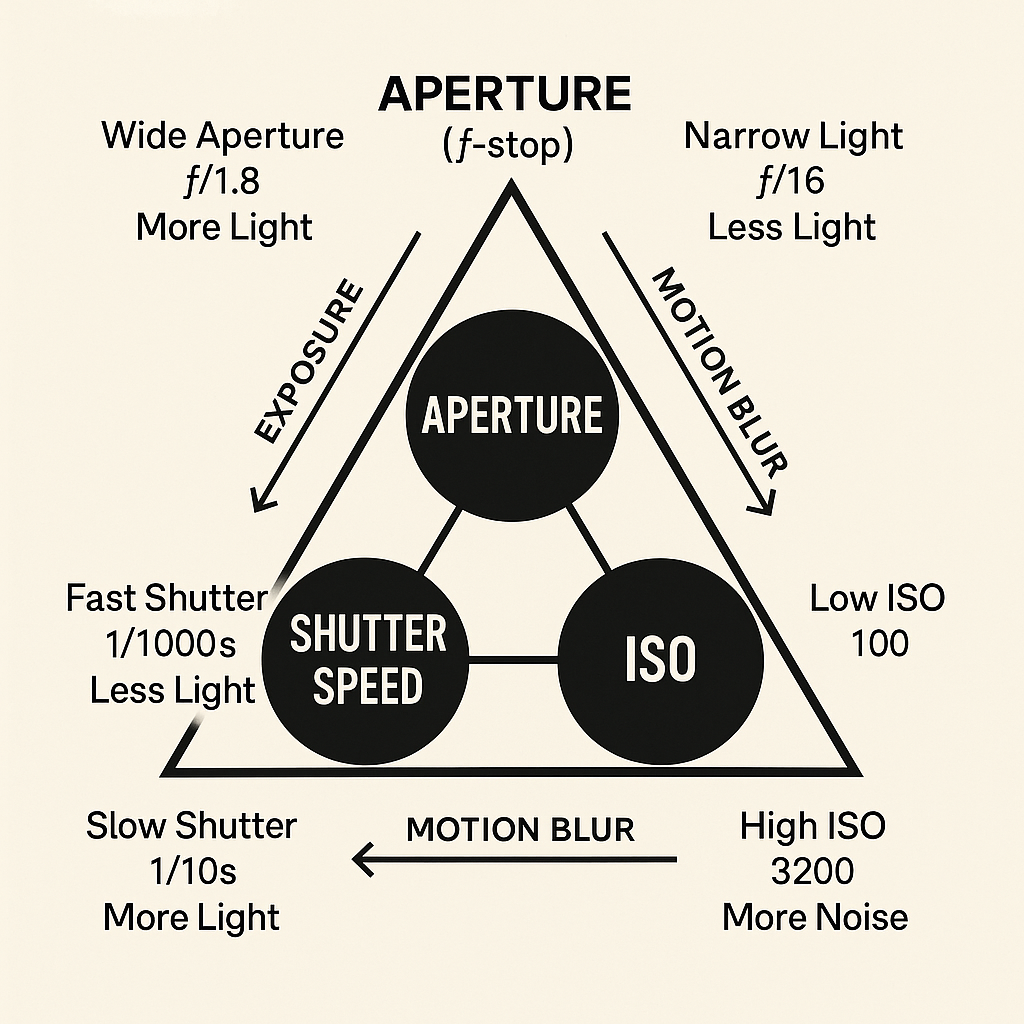
The exposure triangle The exposure triangle is a fundamental concept in photography that explains the relationship between three key elements